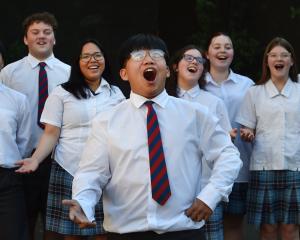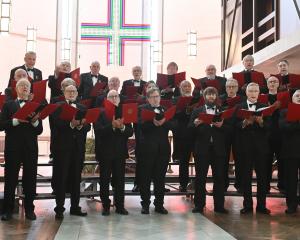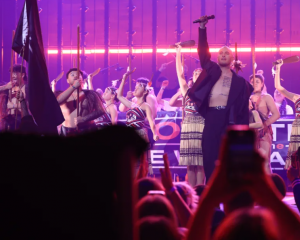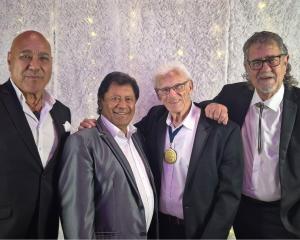
Being from the same string family, the violin and cello are the perfect complement of registers and sonorities, something violinist Tessa Petersen and cellist Heleen du Plessis enjoy when they play together.
But in this weekend's Dunedin Symphony Orchestra concert, the musicians each take centre stage performing works of their own choice.
For Petersen, who is also the DSO's concertmaster, that is Vaughan Williams' Violin Concerto in D minor - Concerto accademico.
''I have wanted to learn this violin concerto for some time and always thought it would suit a matinee concert.
''Having just played the violin solos in the Serenade to Music for the university's 150th gala concert, it has turned out to be rather a Vaughan Williams season for me.
''The Violin Concerto in D minor is a mixture of energetic folksy themes contrasted with more carefree, dreamy melodic lines that float around rather like those in Lark Ascending.''
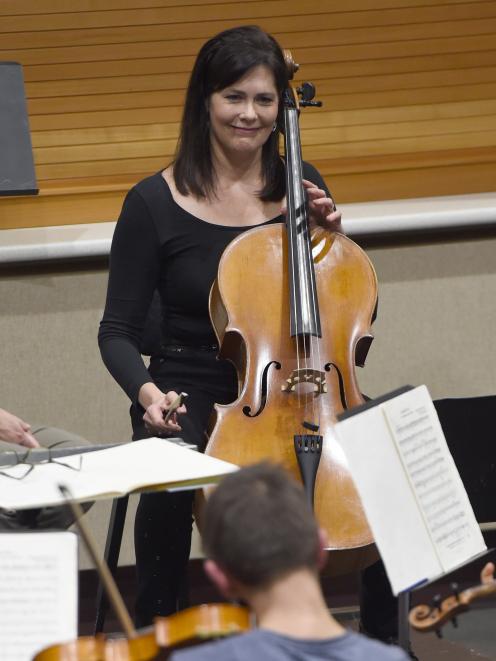
It is like playing the lead role in a chamber work because so much is fitting in with the orchestral backdrop, Petersen says.
''It is important to be aware of the score as a whole. Orchestral playing is all about blending sound and uniformity of playing within a section, whereas a soloist can project their own sound over the top of the orchestra.''
She describes learning a solo concerto as being like the solitary ascent of a mountain, ''except that as I approach the summit, others appear and join in the last stages of the expedition.''
Petersen, who has played with the DSO for 18 years, has enjoyed finding her own interpretation of the piece alongside reading about the woman violinist for whom it was originally written, and more about the life and musical language of Vaughan Williams.
She will slip back into her role as concertmaster for the second half of the concert to lead the Schubert Symphony No 5.
''As Concertmaster I do at times play solo lines, and it can be quite difficult to switch roles that quickly.''
Petersen and du Plessis both teach at University of Otago and have worked together many times in chamber and orchestral settings.
''It is great to have someone act as sounding board to exchange ideas, apart from also having the camaraderie for support! I think the relationship between any musicians making music together is interactive - not one 'following' the other.
''It is as much an attitude as it is a skill.''
Du Plessis chose Saint Saens' Cello Concerto No 1 for her solo piece in the concert which she says is a ''real privilege'' to be asked to perform in given the skills and talent of the DSO and that many of its members are colleagues, friends and students.
''Saint-Saens created the most fabulous romantic melodies and presented one after the other all over the cello, exploring its rich sonorities and expressive qualities to the maximum.
''The orchestra and soloist share themes and motives in a conversational way that allows for wonderful musical interaction that could be quite organic.''
Performing a solo with a full orchestra influences the amount and kind of sound a musician makes, she says.
''It is totally different from playing in ensembles where your sound must blend more. As soloist, you need to stand out and this is a completely different physical and mental ability.''
She calls it ''premeditated playing'' where each and every action is deliberate and people know what the musician is going to do before they do it.
''Confidence is another aspect. Maybe even courage. It is very exciting but a bit scary. Definitely humbling to engage with such music and the level of technical and musical command it demands.''
To prepare for the concert, du Plessis has been practising daily with warm-ups and technical exercises alongside regular controlled physical workouts to build endurance.
''I do a lot of visualisation. We store knowledge in the form of pictures. The clearer the 'picture' of the kind of sound and the movements that go with it, the better.''
She has also been performing the piece ''full out'', recording it and listening to it to make adjustments and improve as well as talking to conductor Richard Davis about the approach.
To see
String to their Bows, Dunedin Symphony Orchestra, King’s and Queen’s Performing Arts Centre, Saturday 5pm and Sunday 3pm.


